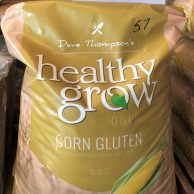
Silver Maple in Fall Color
We need to clear space as our big nursery is on a very little acreage, so we are offering rock bottom prices on some of the best trees for the Front Range. They are large and healthy!
We have the following:
5 Acer saccharinum – Silver Maple in #7 pots @ $50 ea.
4 Miscellaneous trees in #5 pots @ $10 ea.
1 Acer tataricum ‘Hot Wings’– Hot Wings Tatarian Maple in #5 pots @ $50
1 Ulmus davidii – David Elm in #10 pots $25
3 Syringa reticulata – Japanese Tree Lilac in #10 pots @ $50 ea.
1 Acer ginnala – Ginnala Maple in #10 pot @$50
2 Caragana arborescens – Siberian Peashrub in #15 @$75 ea.[Read More]

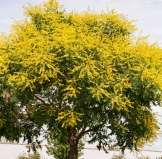
 The gardening movement that places soil health at the center of plant health has been where Harlequin’s Gardens has experimented, succeeded and educated for the past 33 years.
The gardening movement that places soil health at the center of plant health has been where Harlequin’s Gardens has experimented, succeeded and educated for the past 33 years. There are plenty of insects that eat plants and these can be damaging. At Harlequin’s we usually recommend supporting plant and soil health, creating diversity and allowing some insect damage before acting. With some pests, it is good to be prepared to act quickly, and sometimes there isn’t a good solution. Even poisons, which we never recommend, can be ineffective.
There are plenty of insects that eat plants and these can be damaging. At Harlequin’s we usually recommend supporting plant and soil health, creating diversity and allowing some insect damage before acting. With some pests, it is good to be prepared to act quickly, and sometimes there isn’t a good solution. Even poisons, which we never recommend, can be ineffective. Welcome to Summer! Experientially, summer began last week with several days of intense heat that were challenging for people, pets, other critters, and plants. But in terms of hours of sunlight, the longest day of the year in the Northern Hemisphere will occur this Thursday, June 20 at 2:50 pm here in Colorado, officially beginning our summer season. Mikl has some thoughts on one of the interesting opportunities the Summer Solstice offers for gardeners with trees and shrubs.
Welcome to Summer! Experientially, summer began last week with several days of intense heat that were challenging for people, pets, other critters, and plants. But in terms of hours of sunlight, the longest day of the year in the Northern Hemisphere will occur this Thursday, June 20 at 2:50 pm here in Colorado, officially beginning our summer season. Mikl has some thoughts on one of the interesting opportunities the Summer Solstice offers for gardeners with trees and shrubs.  With Summer come pest problems. Eggs hatch and spores germinate, and plants are food for all of us folks that don’t photosynthesize. So, what can we do? Share and defend, intelligently.
With Summer come pest problems. Eggs hatch and spores germinate, and plants are food for all of us folks that don’t photosynthesize. So, what can we do? Share and defend, intelligently. XERISCAPE TREES AND SHRUBS for SUN
XERISCAPE TREES AND SHRUBS for SUN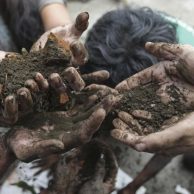
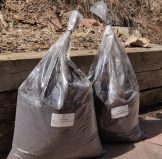
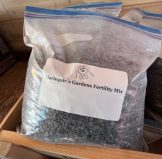
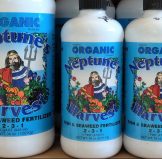 Neptune’s Harvest Organic Fertilizers
Neptune’s Harvest Organic Fertilizers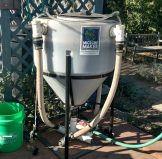 Compost Tea
Compost Tea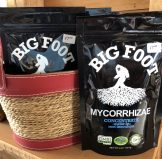 Big Foot Mycorrhizae
Big Foot Mycorrhizae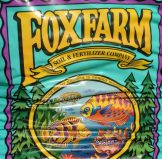 Fort Vee
Fort Vee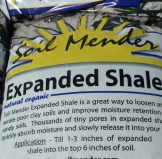 Expanded Shale
Expanded Shale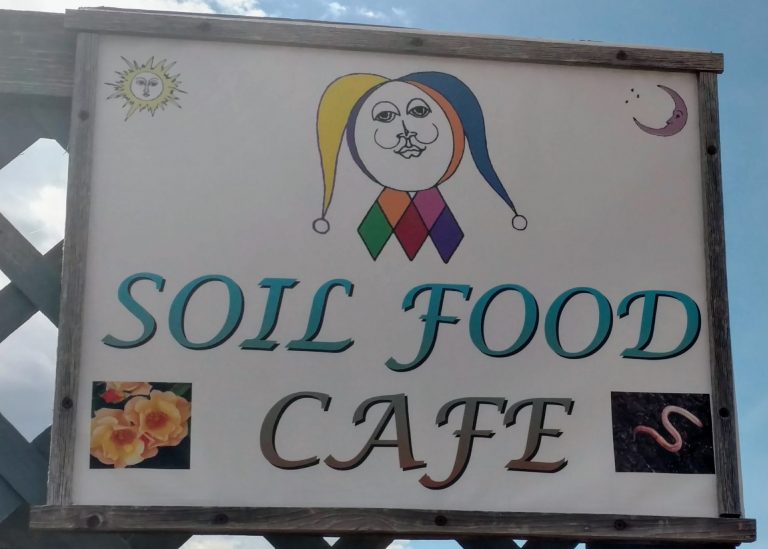
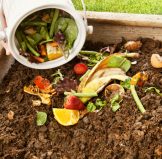 So even though there is nothing you can do at the moment, very soon, before it’s warm enough to plant, you can start making your bed sexy. Sexy soil sprouts seeds, grows roots and leaves, builds strength, makes flowers and fruit, and defends against pests.
So even though there is nothing you can do at the moment, very soon, before it’s warm enough to plant, you can start making your bed sexy. Sexy soil sprouts seeds, grows roots and leaves, builds strength, makes flowers and fruit, and defends against pests.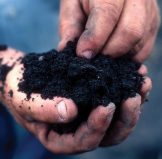 Let the biology do a lot of the work. It’s not hard to add more later; it’s very hard to correct too much. Keep the soil covered with mulch or living plants. Even native plants appreciate some compost to hold moisture and provide a light feeding when they are young. One more thing: avoid poisonous pesticides, fungicides and herbicides, like the plague. They kill or undermine the health of your allies—the soil life. Toxic pesticides are the opposite of sexy; they are like inviting the Grim Reaper into the bedroom. There are effective, non-toxic alternatives.
Let the biology do a lot of the work. It’s not hard to add more later; it’s very hard to correct too much. Keep the soil covered with mulch or living plants. Even native plants appreciate some compost to hold moisture and provide a light feeding when they are young. One more thing: avoid poisonous pesticides, fungicides and herbicides, like the plague. They kill or undermine the health of your allies—the soil life. Toxic pesticides are the opposite of sexy; they are like inviting the Grim Reaper into the bedroom. There are effective, non-toxic alternatives.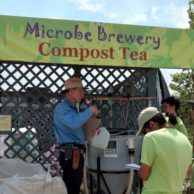 What about no-till? Not turning the soil makes sense once you’ve got the soil life in a good environment. Then you don’t want to disturb the symbiotic networks. Then you can feed from the surface; good tilth and worms will take the food down.
What about no-till? Not turning the soil makes sense once you’ve got the soil life in a good environment. Then you don’t want to disturb the symbiotic networks. Then you can feed from the surface; good tilth and worms will take the food down.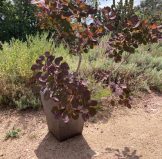
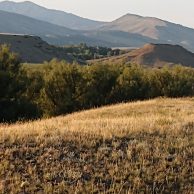
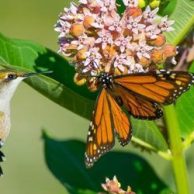
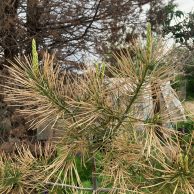
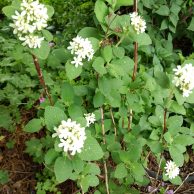

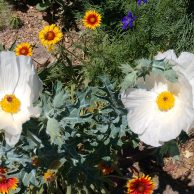
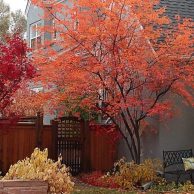
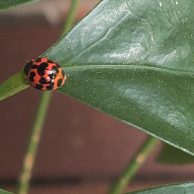 The Good News is that out of about 900,000 insect species currently living on our planet, only 1% to 3% are pests. We do not need systemic neonicotinoids (neonics) or any toxic pesticides to grow plants well. The solution is to employ human attention, biodiversity, nutrient-dense soils, application of nontoxic management, and tolerance.
The Good News is that out of about 900,000 insect species currently living on our planet, only 1% to 3% are pests. We do not need systemic neonicotinoids (neonics) or any toxic pesticides to grow plants well. The solution is to employ human attention, biodiversity, nutrient-dense soils, application of nontoxic management, and tolerance.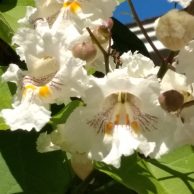 So they can support us!
So they can support us!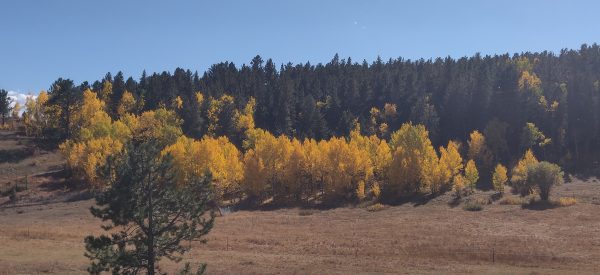
 I turned 75 this year so I get to give some perspective on the state of the world. Here is some of the good news that is not being reported these days. I should begin by acknowledging that, oh, yes, there are lots of things that are getting worse, but many things are getting better, too.
I turned 75 this year so I get to give some perspective on the state of the world. Here is some of the good news that is not being reported these days. I should begin by acknowledging that, oh, yes, there are lots of things that are getting worse, but many things are getting better, too.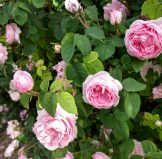

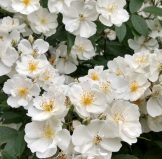
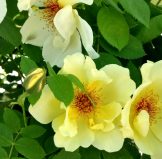


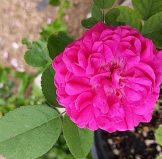

 We are having a real revolution in our relationship with our soils. The turning point is our change in focus from soil fertility to soil health. In the last 60 years of the “Green Revolution” (i.e. the petrochemical boom), soil was viewed as a physical structure and fertility was viewed as a measure of chemicals in the soil — primarily NPK, nitrogen, phosphorus and potassium. The petroleum industry could make these macronutrients from natural gas, which make plants grow but often in poor health. Weak plants attract insect pests and fungal diseases, so more petroleum in the forms of insecticides and fungicides added to the success of the oil industry. But this approach has led to “Peak Soil” where land is losing productivity, crops are losing nutritional value, the soil is eroding at extreme rates, and the health of animals and people has declined.
We are having a real revolution in our relationship with our soils. The turning point is our change in focus from soil fertility to soil health. In the last 60 years of the “Green Revolution” (i.e. the petrochemical boom), soil was viewed as a physical structure and fertility was viewed as a measure of chemicals in the soil — primarily NPK, nitrogen, phosphorus and potassium. The petroleum industry could make these macronutrients from natural gas, which make plants grow but often in poor health. Weak plants attract insect pests and fungal diseases, so more petroleum in the forms of insecticides and fungicides added to the success of the oil industry. But this approach has led to “Peak Soil” where land is losing productivity, crops are losing nutritional value, the soil is eroding at extreme rates, and the health of animals and people has declined.
